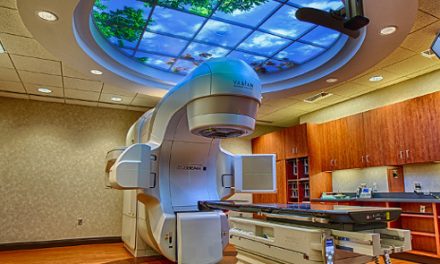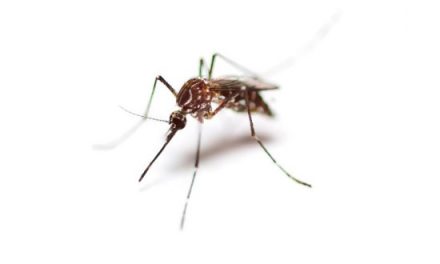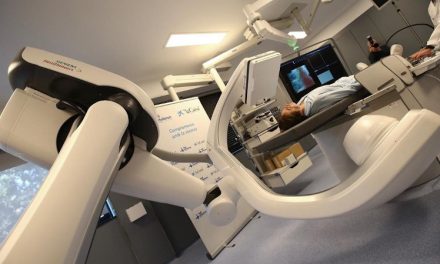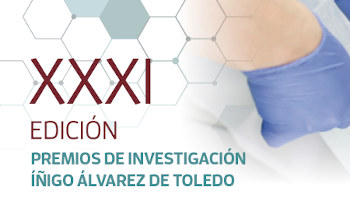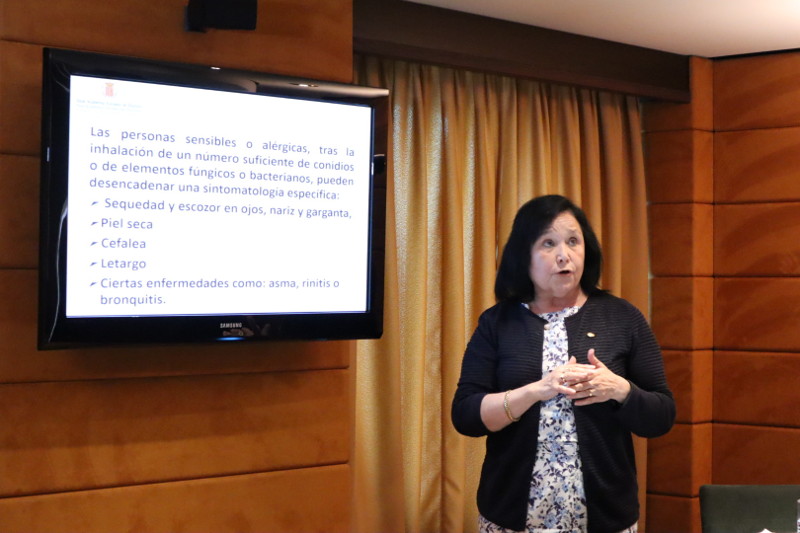
Dr Maria Àngels Calvo
Maria Àngels Calvo, full academician and president of the Section of Health Sciences of the Royal European Academy of Doctors-Barcelona 1914 (RAED), presented within the framework of the 4th International Act-European Congress of Interdisciplinary Research of the RAED, which was held last July, the paper “Impacto de la contaminación microbiológica ambiental en la salud respiratoria: casos prácticos” (Impact of environmental microbiological contamination on respiratory health: practical cases). A study in which researchers Eulàlia Nogué and Leonardo Arosemena have also participated, which provides the results obtained after various sampling in private homes of patients affected by respiratory processes and details the measures taken to control the environment, its evaluation and monitoring.
“One of the biggest problems of the environment and mainly in interiors of homes, offices and public buildings is the load of biological particles such as fungi, bacteria, spores, toxins and even viruses that can become part of it -consider the authors of the study-. Bioaerosols or biological particles in suspension use air as a means of transport and dispersion, thus reaching people who breathe an average of 14 cubic meters of air per day and also animals. Recently, interest in the evaluation of the microbiological quality of air inside buildings has increased, among other reasons because microorganisms, in addition to contributing to the deterioration of infrastructures and materials, are etiological agents that produce toxins and volatile substances. Occasionally they cause respiratory, systemic and allergic diseases”.
The work highlights how in 2009 the World Health Organization presented a publication supported by numerous epidemiological studies showing that there is sufficient evidence of the relationship between the factors related to damage to buildings caused by various environmental factors in closed spaces, mainly the environmental humidity, and a wide range of effects on respiratory health that includes conditions such as asthma, infections, symptoms in the upper respiratory tract and respiratory diseases described as rare or infrequent. “In work environments, the problem can increase due to environmental factors such as high levels of dust, excessive use of computers, high temperatures, little or no ventilation of outside air, poor lighting, lack or inadequate maintenance of air conditioning systems and insufficient cleaning standards that can affect the immunological capacity of workers”, says the work.
The study concludes with a series of tips that begin with a thorough cleaning of environments with biological particles with a mixture of alcohol and water, single-use papers, protection gloves and single-use masks and, where indicated, fumigation. After the operation it must also be determined if the contamination conditions could be repeated, if it’s possible to prevent them and if, in the end, the contaminated space can be used with guarantees as a living or work area.
Doctor in Pharmacy and Veterinary, Calvo is a professor at the Autonomous University of Barcelona, has published more than 300 scientific papers and is part of many academic and health institutions in Catalonia and the whole of Spain.

